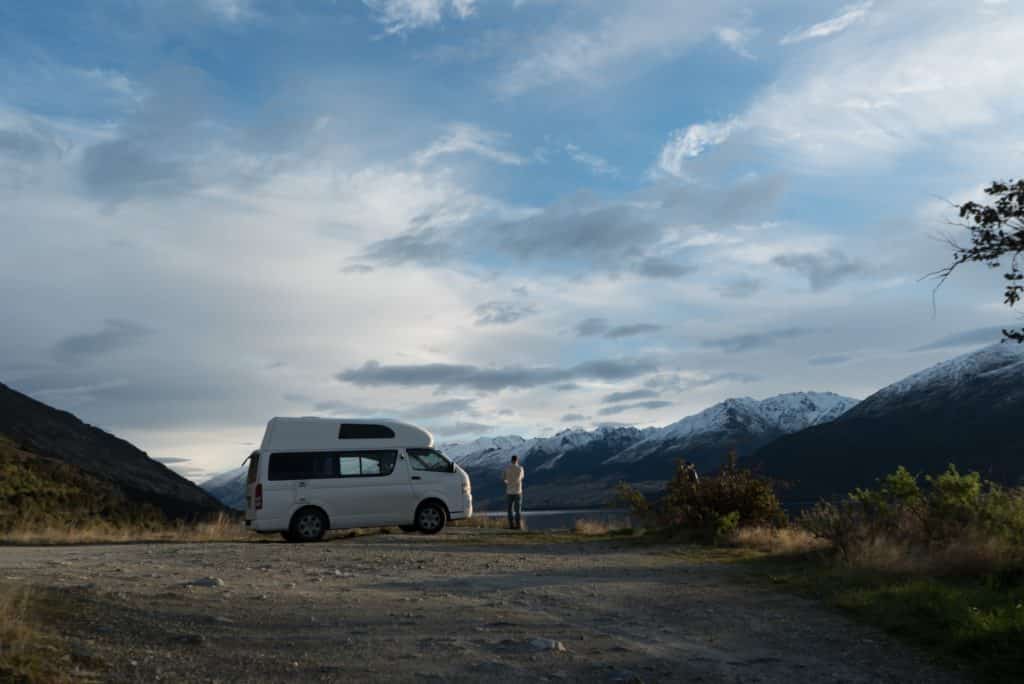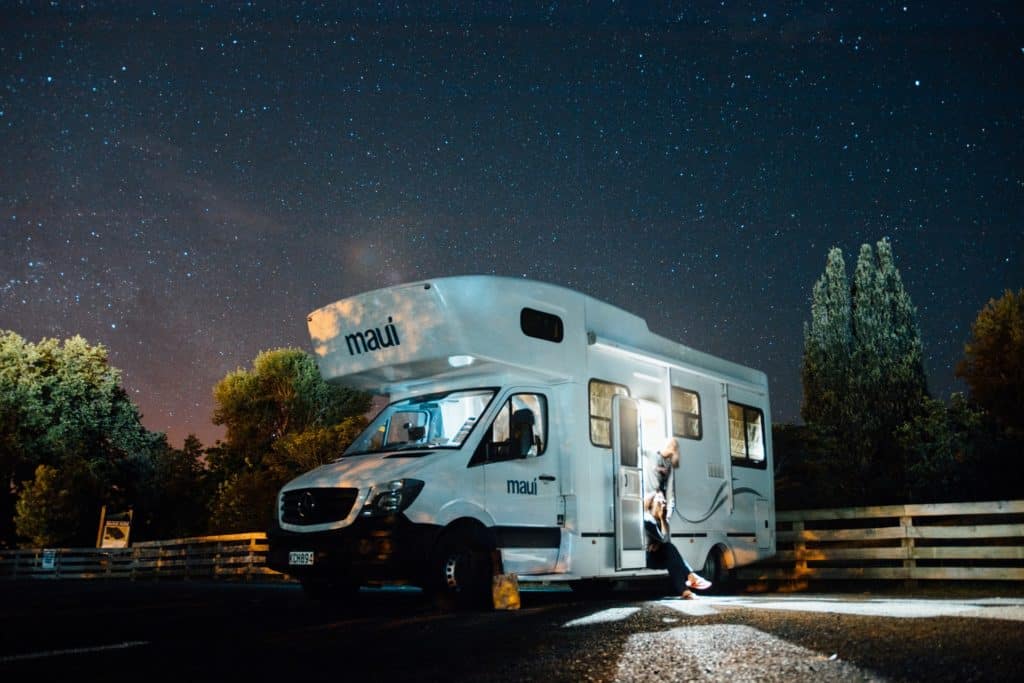The conventional van offers a large seating capacity for traveling to different places. Today, the van has been converted to vehicles known as campers. These are types of vans complete with static living faculties. The only difference is that they are on wheels.
In this article, we will explore the convenience of camper vans. Afterward, we will feature two classes of camper vans available for the use of people with a nomadic mindset. We will also discuss which one is suited for their needs.
How Convenient is a Camper Van?
We all have probably watched the show Breaking Bad, where our beloved Professor Walter White purchases an RV home for his venture. People in the US know that they are the only civilization on the face of the earth that loves camper vans. Combined with the wide terrain of their continent, there is no doubt that mobile homes are a commodity.
Many people often enjoy a nomadic lifestyle while parking their vans in a location with a great view. Suppose your camper van requires an ad-hoc maintenance procedure, getting leveling blocks for campers is a good recommendation to prevent your mobile home from slipping. We all want a functional van if we decide to explore parts unknown.
As an advantage against other vehicles, camper vans when compared to mobile homes are smaller in size. This makes them ideal for long-range explorations but still gains the agility of SUVs. Aside from that, campervans are designed to carry all the faculties a living person might require while traveling long distances in long durations.
The typical camper van is considered a motorhome. Motorhomes are convenient vehicles since they can carry a maximum vehicular load of less than 3,500 kg. This includes all the amenities, things, supplies, and personnel involved in the escapade. Campervans differ from traditional motorhomes since they retain the shape and size of a conventional van while still retaining some of the things that people require.
Campervans are great choices for adventurous individuals, couples, families, or groups of friends. You can easily travel to any point while having a van containing all the supplies you require. People may also take a rest after the long and tiresome duration of travel. Apart from these uses, riders may also have a shelter in case unknown atmospheric conditions reach them.
Also, don’t forget to apply for a International Driver’s Permit so you will be sure that your native driver’s license will be accepted in every country.
Class B vs Class C: Which Camper is Best For The Nomad’s Life?
Let us now discuss two popular types of campervans: Class B and Class C. We have to remind you that each van has different structures. However, they still both give similar functionalities to their occupants.
Class B Campervan

The Class B Campervan is considered the baby sister of the Class C Campervan. It features a small vehicular structure retaining the design of a conventional van. These vans have a streamlined outer shell. People who own Class B Camper Vans pride themselves on having ready-to-roll vehicles.
Class B Campervans, aside from having an aerodynamic appearance, are more agile and nimble in design. As a result, you get a utility vehicle with many compartments, but still have a fuel-efficient vehicle for long-range driving. The Class B Campervan can be your companion when going out on camping trips or just going with the nomadic lifestyle.
- Great for narrow roads and crowded streets
- Simple Maneuverable design
- Easy to park
- Fast to turn around
- Fits in most garages for its secure storage
- Allows any of its passengers to use its faculties while the van is moving
- Contains accessible bathroom and refrigerator even while traveling
- Automotive dealerships provide chassis and engine services support for the Class B Campervan
- Built-in hitch for towing a trailer, supply wagons, or a dingy
- A Class B campervan has less capacity than a Class A or C campervan
Get inspired for your next trip:
- The Best Things to Do in Alaska: Awesome Tips From a Local
- Day trips from Tbilisi: 6 Fantastic Ideas That Should Be On Your List
- 7 Things to Do in Byron Bay, the Hippie Paradise in Australia
- Places to Visit in New Zealand: Awesome Tips From a Local
- The Best Day Trips From Barcelona, Spain
- Visiting Napa Valley in the Time of COVID-19
Class C Campervan

A Class C motorhome bridges the designs between the Class A and C motorhomes. The Class C design has a built-in cabin chassis. Class C’s are recognizable and remarkable because of their overhead sleeping cab areas. The installation of a sleeping cab allows for more room to travel within the Class C campervan. A typical Class C campervan may contain from four to eight passengers.
- More capacity than the Class B campervan
- Compatible with either gasoline or diesel engines
- Compatible with propane
- Features either a Front-wheel drive and four-wheel drive in some model designs
- Built-in automated leveling blocks complete with stabilizers.
- Class C motorhomes have a built-in tow: Can tow smaller vehicles, supply wagons, dingy, or trailers.
- Can travel with four to eight passengers.
Conclusion
Campervans are smaller versions of RV or motorhomes. Motorhomes are large vehicles with structures comparable to a mini-bus. The campervan provides more convenience for their built-in amenities, sleeping areas, bathrooms, and living areas. Most campervans may carry multiple passengers ranging from four to eight people.
Pack & travel:



